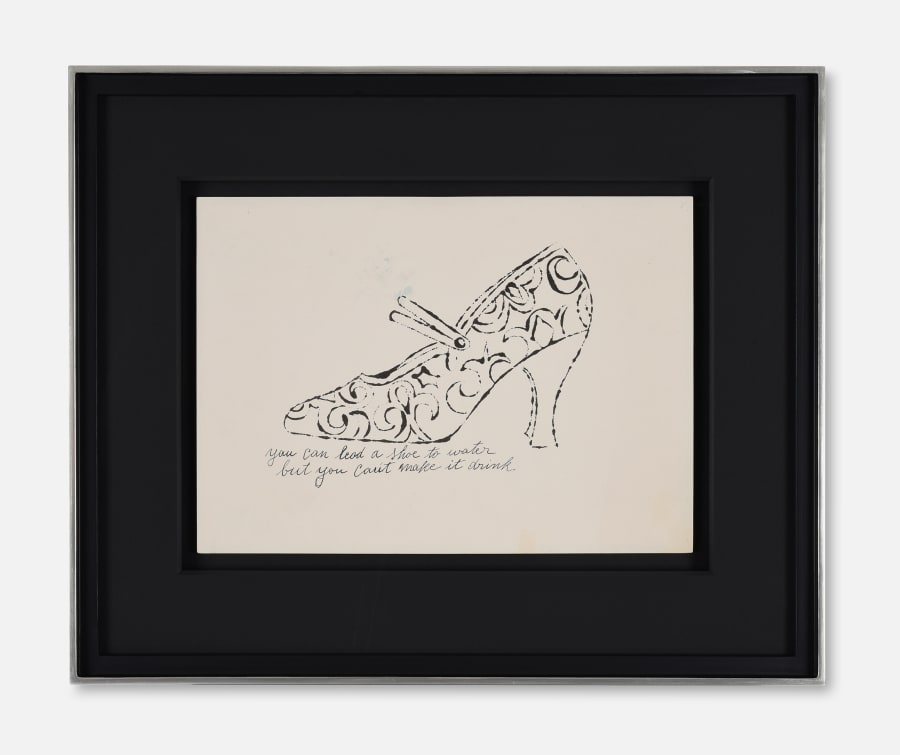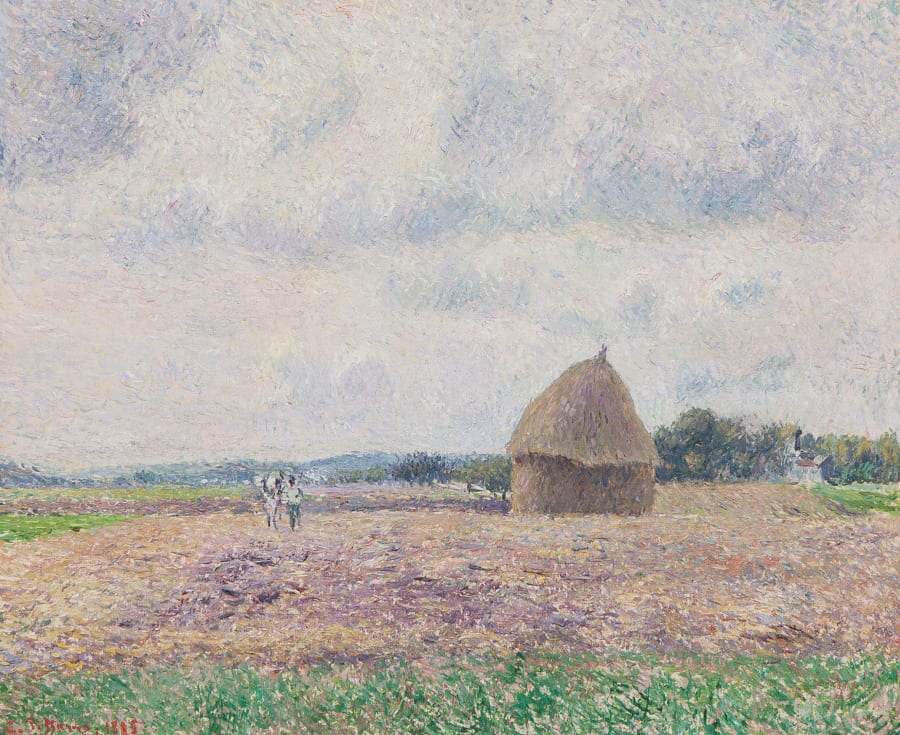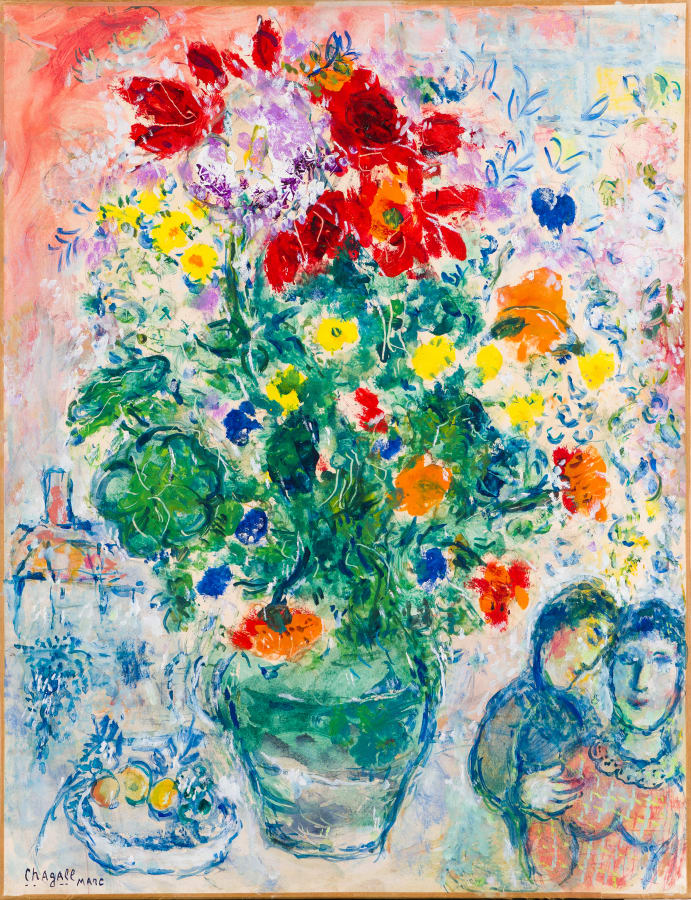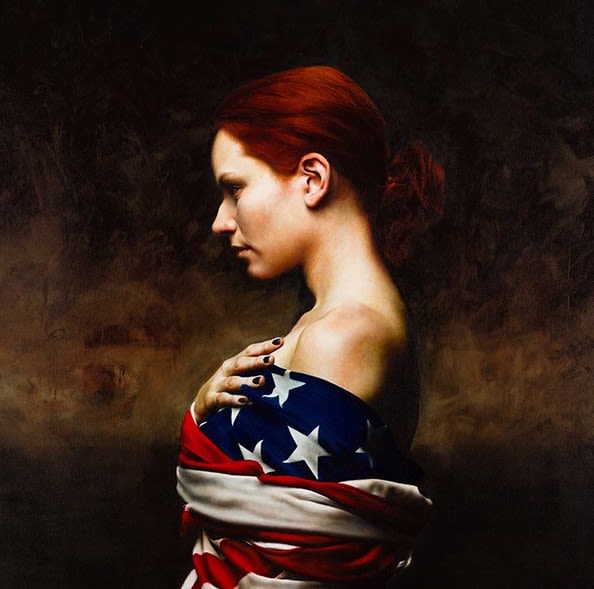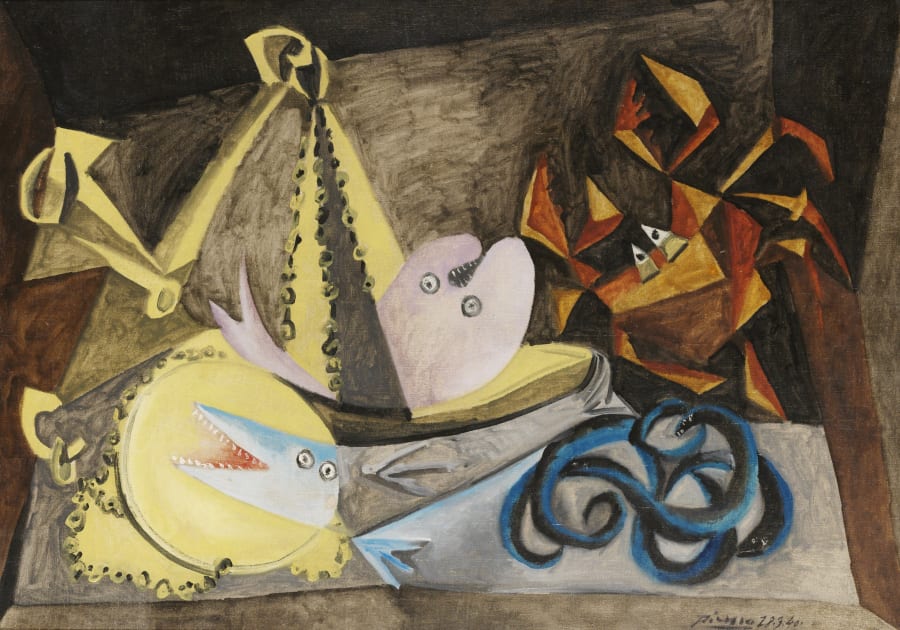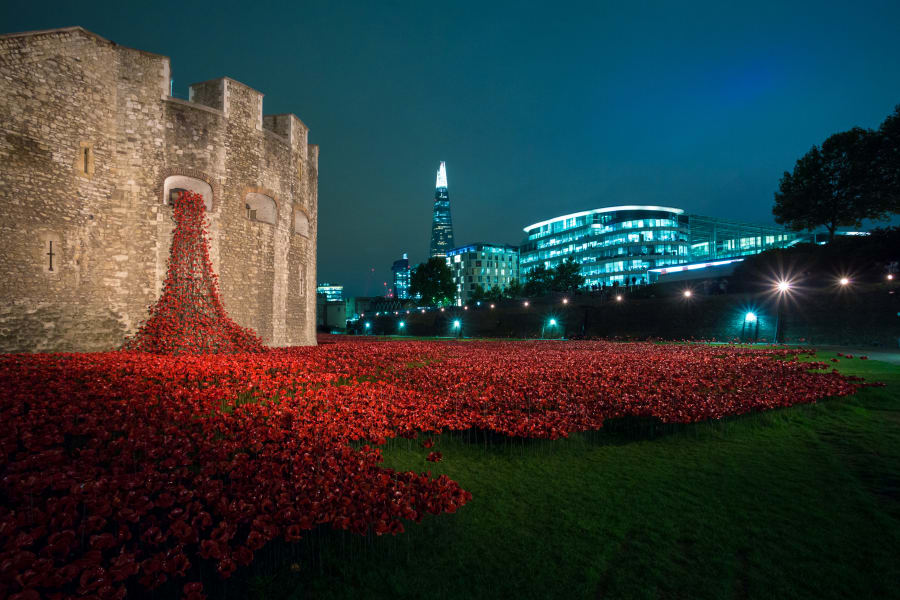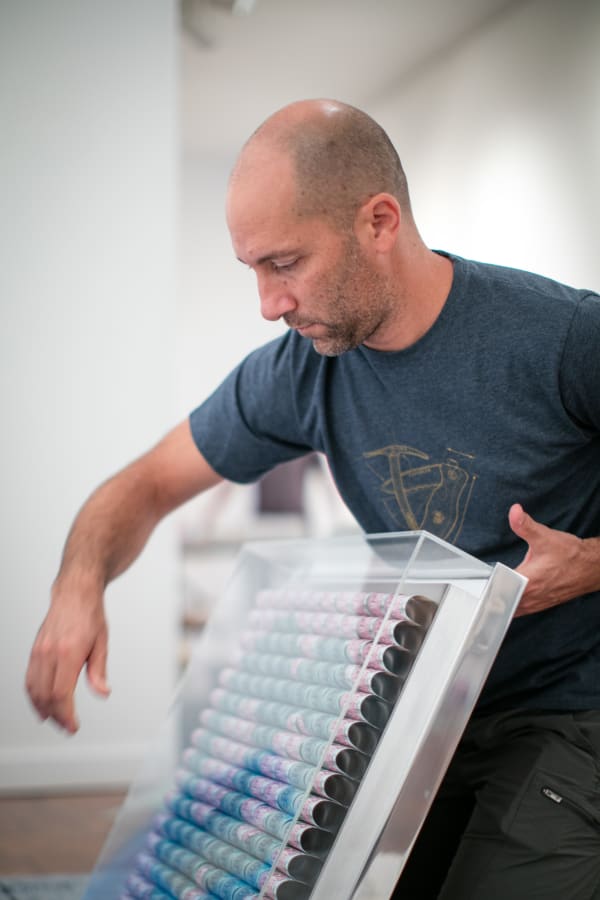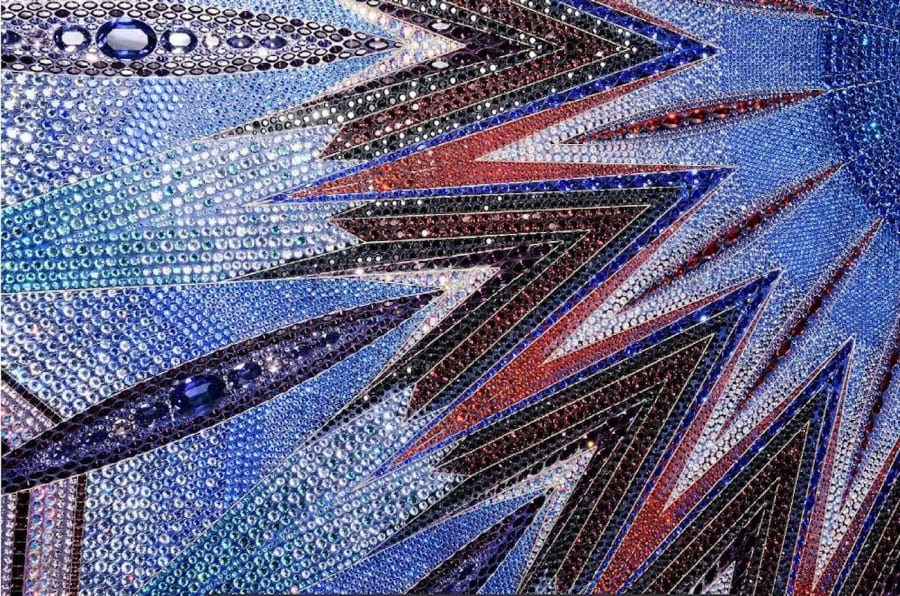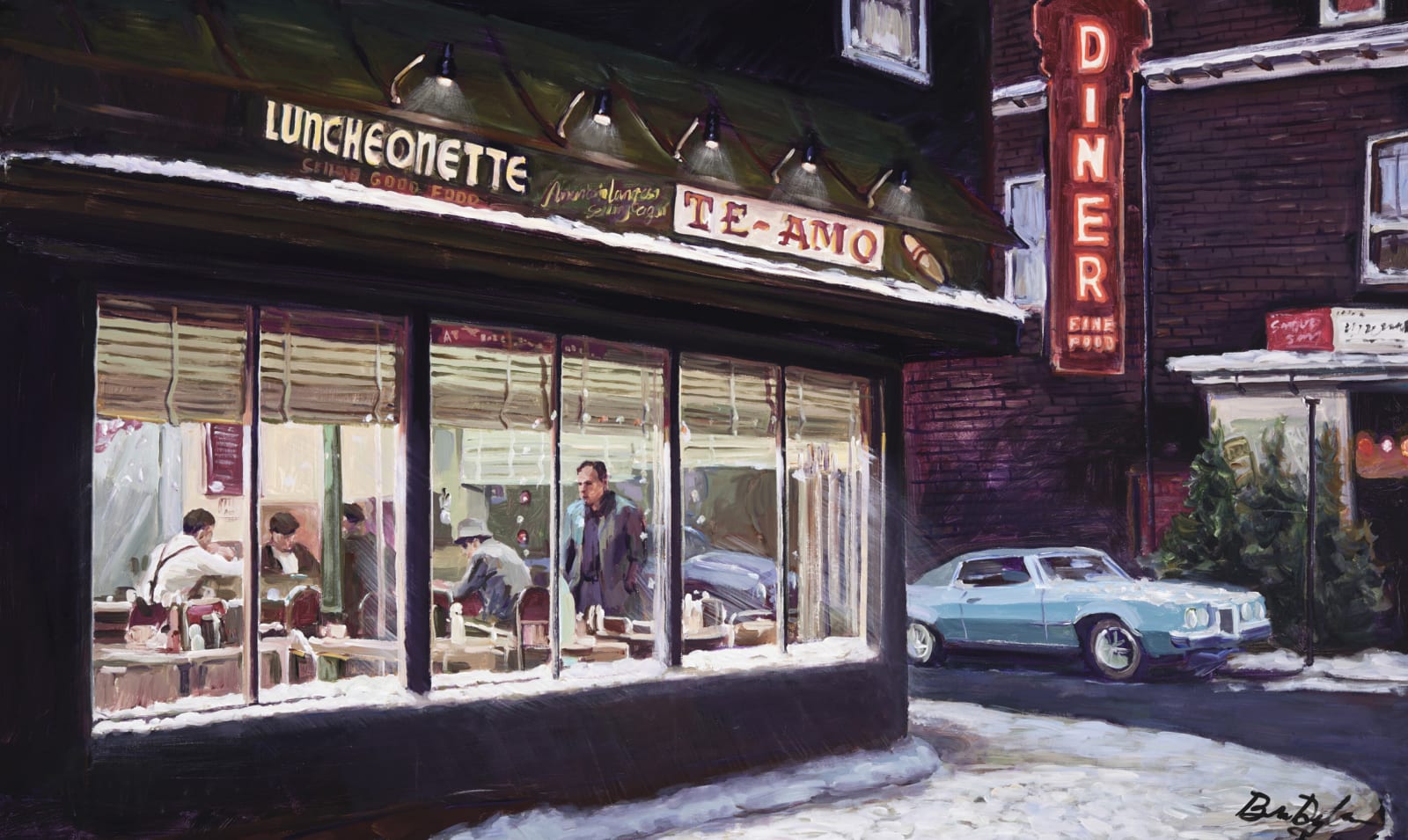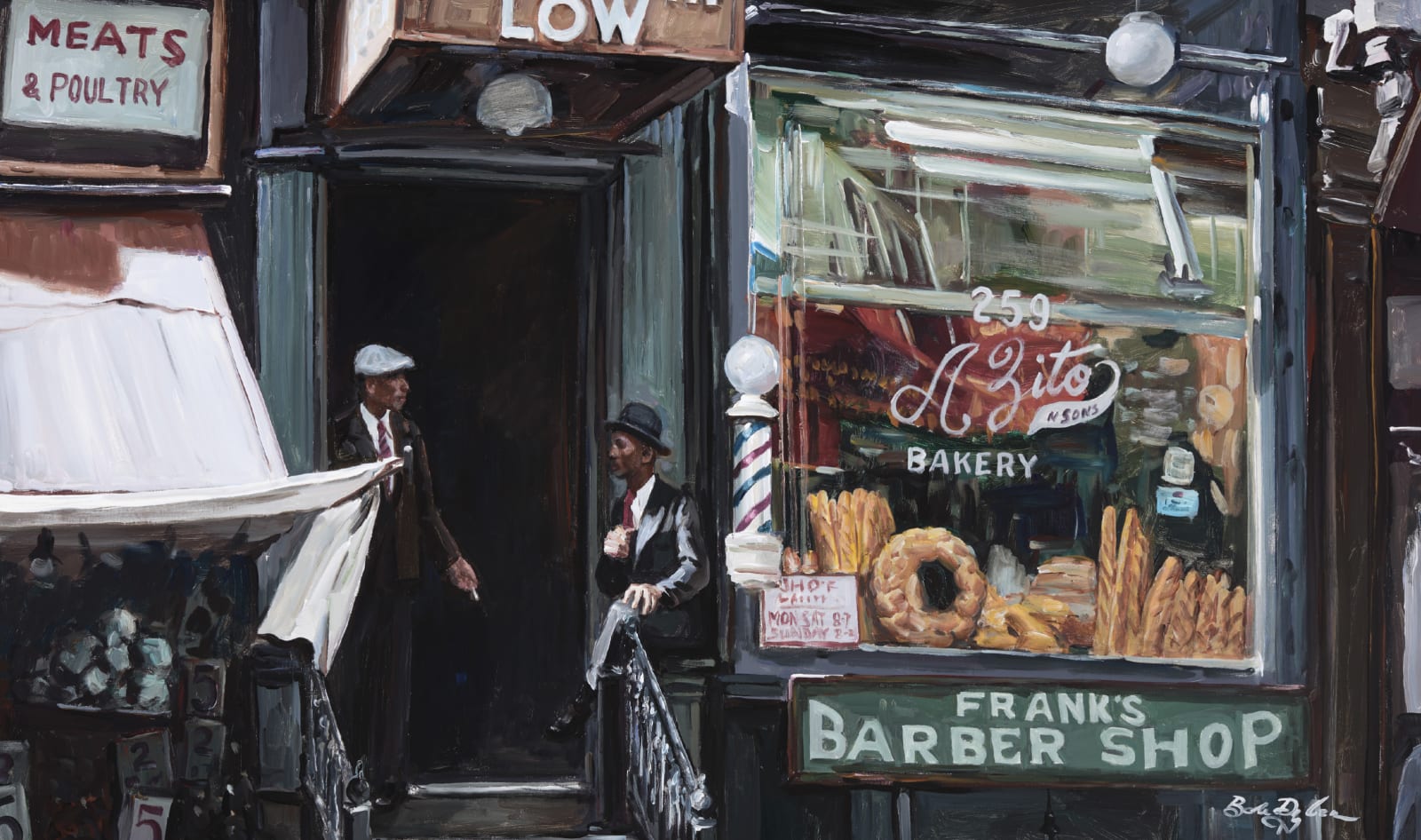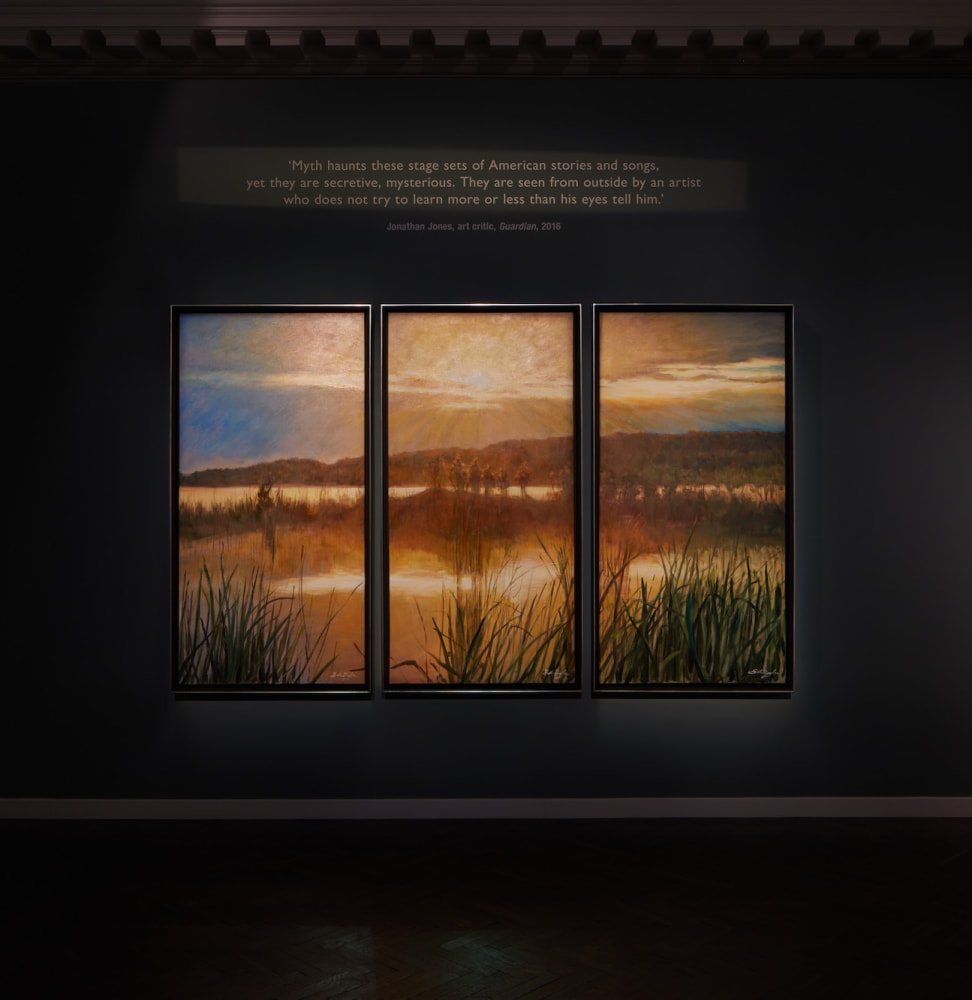Pierre-Auguste Renoir
French, 1841–1919
One of the foremost Impressionist painters, Pierre-Auguste Renoir was notable for his portrayal of the human figure – especially the female form – and for his pursuit of beauty as much as immediacy in representation.
Renoir was born on 25 February 1841 at Limoges in central France into a family of artisans; his father was a tailor; his mother a dressmaker. The sixth of seven children (of whom only five survived infancy), he was recognised as a gifted painter and singer at a young age. In 1845 the family moved to Paris, and when Renoir was 13 his parents apprenticed him to paint plates in a porcelain factory. Mechanisation of the porcelain factory caused him to move on to painting fans, and then cloth panels for churches. In his spare time he visited the Louvre, viewing Old Masters.
In 1862, Renoir enrolled in evening classes to study drawing and anatomy at the École des Beaux-Arts, and he also joined the studio of Charles Gleyre for academic painting lessons. There he met Claude Monet, Alfred Sisley and Frédéric Bazille, and through Bazille Paul Cézanne and Camille Pissarro. These artists would form the nucleus of the Impressionist group. Envisaging a type of painting that would be free from past traditions and closer to the realities of life, Renoir and his fellow students Monet, Sisley and Bazille stayed at the forest of Fontainebleau in spring 1864, painting in the open air. By the early 1870s the Impressionist technique of painting using small colourful brushstrokes was well developed. Renoir’s canvases of this period use sunny colours to evoke the play of light on skin or sunshine on leaves, generally avoiding black, even for areas of shadow. ‘Renoir and Monet made their discovery that shadows are not brown or black but are coloured by their surroundings’, wrote art historian Phoebe Pool.
In 1870 Renoir served in the Franco-Prussian War, training horses away from the front line. When he returned to Paris in 1871, he met the art dealer Paul Durand-Ruel; with his help in generating sales, Renoir accumulated a degree of wealth, which allowed him to move to a more spacious studio. Although the public and the Salon generally found the new Impressionist style too avant-garde, Renoir, by virtue of his leaning towards portraiture, was able to secure commissions, such as Madame Charpentier and her Children (1878).
Renoir travelled to Algeria, Spain and Italy in 1881 and 1882, meeting the opera composer Richard Wagner and painting his portrait in an astonishing 35 minutes. During this period the ties of the Impressionist group were loosening, with individual artists exploring new techniques. Renoir felt that he had ‘wrung Impressionism dry’, that small brushstrokes limited the way an artist could convey the smoothness of skin or the curves of the body. Having seen Raphael’s classicism in Italy, he began to paint in a grander, simpler style, rejecting the everyday and ephemeral in favour of the timeless. In the mid-1880s he produced a set of studies of bathers in preparation for Les Grandes Baigneuses(1885–1887). He would continue to paint female nudes throughout his career.
In 1885 Renoir became a father, but it was not until 1890 that he married Aline Charigot, a dressmaker who modelled for him both before and after marriage and bore him three children; Pierre became an actor, Jean a film director and Claude a cinematographer. This was a turning point for Renoir’s style as well as his personal life, with several visits to the south of France which brought extra warmth and spontaneity to his work. No longer turning his back on Impressionism, he painted with vivid colour and sensuality. In 1892 Durand-Ruel mounted a large retrospective of Renoir’s works which was highly successful and gave him security for the future.
In 1894 Renoir began to suffer from rheumatism, which became much worse after he fell off his bicycle in 1897. He chose to spend more and more time in southern France where the climate was warmer, moving to Cagnes, near Nice, for good in 1907. He continued to paint, binding his hand to the brush when he could no longer grip it. Instead of giving in to his disability, he actually took up large-scale sculpture in 1913, assisted by Richard Guino. Aline died in 1915 and Renoir four years later, on 3 December 1919.
